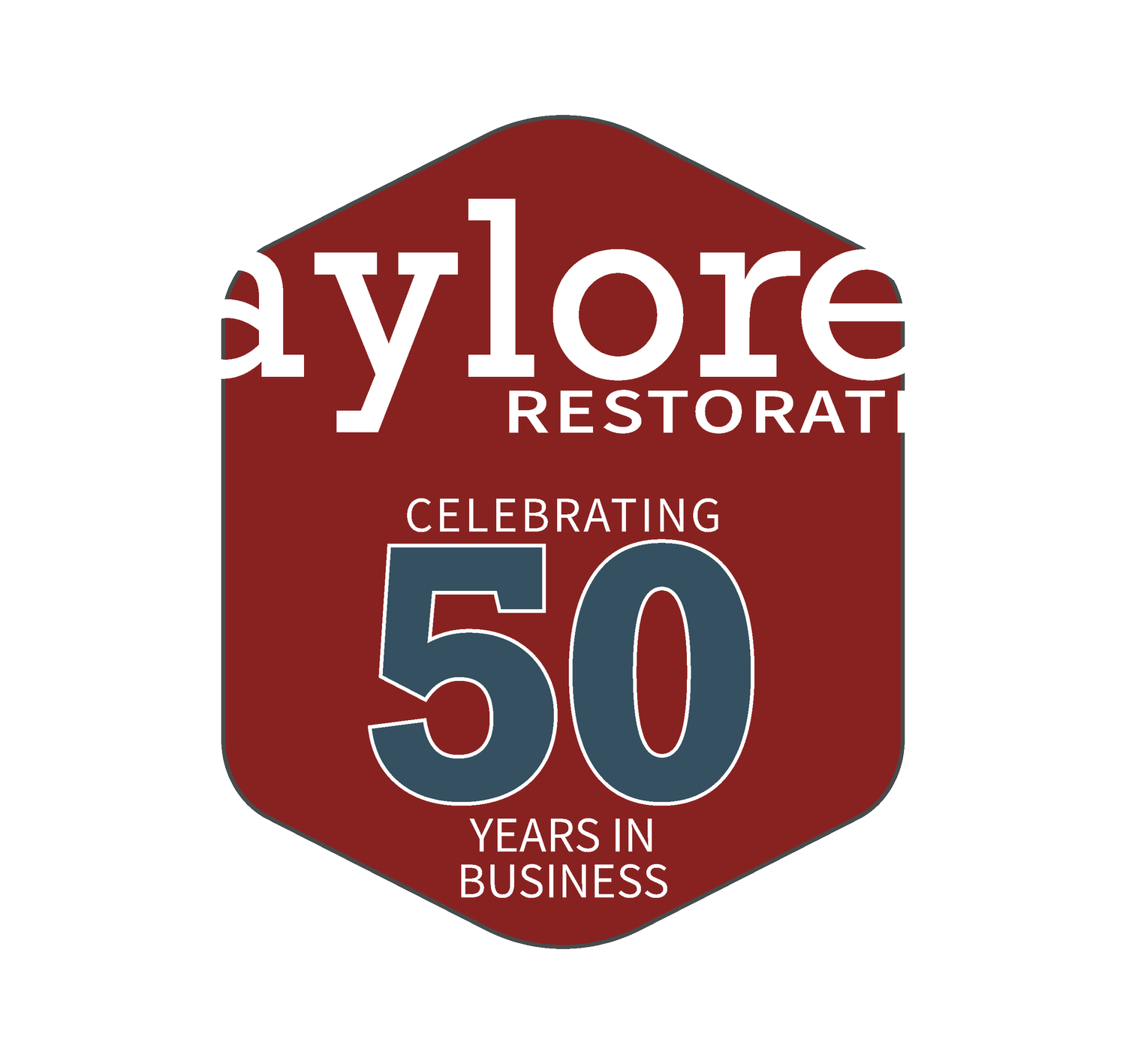How to Prepare for a Wildfire: Forest Fire Safety During Fire Season
Wildfires are a normal part of Alaska’s rich ecosystem. Unfortunately, they can be a serious threat to the property and the safety of the many Alaskans who live in rural areas or in the urban/wildland interface of cities like Anchorage.
Many homes are lost to forest fires every year, but a few of them survive even the most threatening wildfire conditions. If you want your home to be one of them — and more importantly, protect your loved ones from harm — here’s how to prepare your property and your household so you can be ready for a wildfire.
Harden Your Home
Hardening a home means reducing the likelihood that your home will catch fire. Here’s how to harden your home before a wildfire has the chance to consume it:
Use non-combustible or fire-resistant materials for your roof, exterior, and decks. Consider stucco, metal, ceramic, fiber cement, etc.
If your home exterior already consists of combustible materials like wood and can’t easily be replaced, consider encasing any beams and soffits in non-combustible materials, and treat any other combustible surface with fire-retardant chemicals.
Pay special attention to any way floating embers and firebrands could enter your home and ignite it from the inside. Install ember-proof vents or cover existing vents with eighth-inch mesh. Cover chimney openings, crawl space openings, and access points under the house with mesh as well. Consider fireproof shutters or heavy ember-resistant window drapes.
Create a “Defensible Space”
Creating a “defensible space” around your home means creating a space at least 100 feet from the structure that is designed to slow a fire down, rather than provide it with fuel. This will give you time to evacuate and possibly even prevent the forest fire from ever reaching your home.
Creating a defensible space to prepare for a wildfire might include:
Landscaping with fire-resistant plants like hardwood, carefully clearing away any dead grass and underbrush that might burn quickly.
Relocating wood piles, propane fuel tanks, and other combustible materials outside of the defensible zone — preferably uphill from the home.
Maintaining an independent water source, like a well, cistern, or hydrant. Add at least two freeze-proof water outlets, with extra outlets 50 feet from the house, and consider a gasoline-powered pump in case you lose power.
Stock Up On Wildfire-Preparedness Supplies
Every household should have a “wildfire preparedness kit,” including:
Face masks or respirators.
Shelf-stable food and water —at least three day’s supply. Don’t forget pets.
A first aid kit.
Any necessary medications, glasses, or contact lenses.
A change of clothing.
Flashlight.
Battery-powered radio with backup batteries.
Personal hygiene and sanitation supplies.
Copies of ID and other documents.
Portable valuables.
Photos, keepsakes, and heirlooms.
Electronic chargers for cell phones.
Backup disks for computers.
Other items to stock up on and outfit your home with include:
A ladder tall enough to access the roof.
A garden hose long enough to reach anywhere in the house.
Axes, rakes, shovels, saws, and picks.
An ABC-style fire extinguisher.
Dual-sensor smoke detectors on every floor, preferably near bedrooms.
Make A Routine-Maintenance Checklist
Include items on your routine home maintenance checklist that will protect your house from easy combustion. Items to add to the checklist include:
Regularly clear debris from the roof and gutters.
Change the smoke detector batteries at least once per year.
Clean your chimney at least once per year.
Clear dead plants and underbrush from your landscaping regularly.
Establish a Household Wildfire Action Plan
Get your household together and decide on a plan of action in the event of a wildfire. Things to get on the same page about include:
A home evacuation plan.
Where to go and what to do if someone spots a wildfire.
The location of the wildfire preparedness kit(s).
The nearest evacuation point.
How to use the fire extinguisher.
More questions about how to prepare for a wildfire? Reach out to your local fire authority — or feel free to contact us!
